PowerDMARC’s Email Authentication Blog – Read the latest news and updates
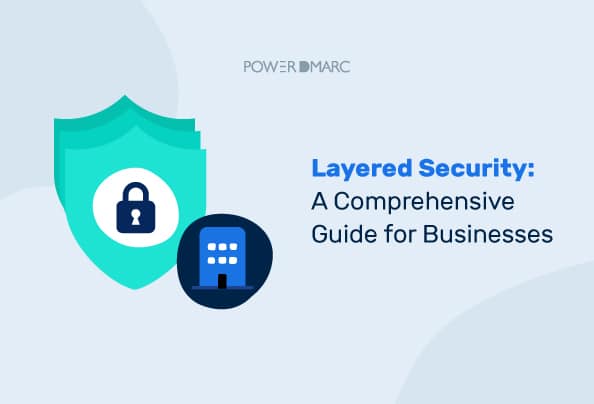
Layered Security: A Comprehensive Guide for Businesses
BlogDiscover how layered security protects businesses from cyber threats. Learn the key components, benefits, and strategies to implement a robust defense system for your data.
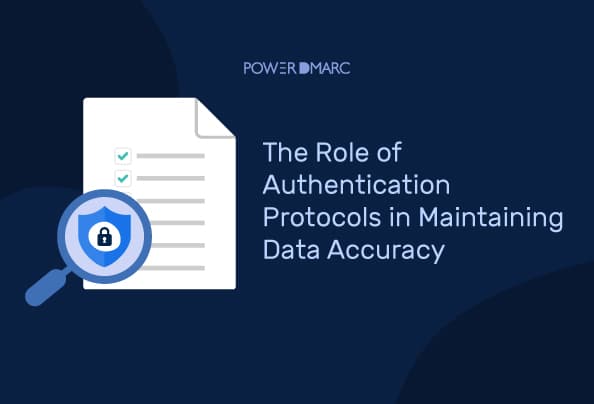
The Role of Authentication Protocols in Maintaining Data Accuracy
BlogDiscover how authentication protocols enhance data accuracy by preventing errors, ensuring data integrity, and protecting against fraud.

DMARC Email Security: A Guide to Protecting Your Domain
BlogLearn how DMARC email security can protect your brand, improve deliverability, and prevent phishing attacks. Get expert advice and best practices.

What is DNSSEC and How Does it Work?
BlogDiscover what DNSSEC is, how it secures your DNS infrastructure, and why it's important for protecting against DNS spoofing and other cyber threats.
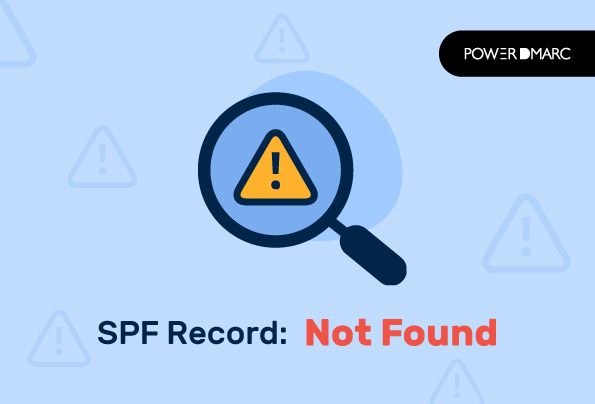
How to Fix “No SPF record found” in 2025
BlogPermanently get rid of the "No SPF record found" message with easy SPF configuration for your domain.
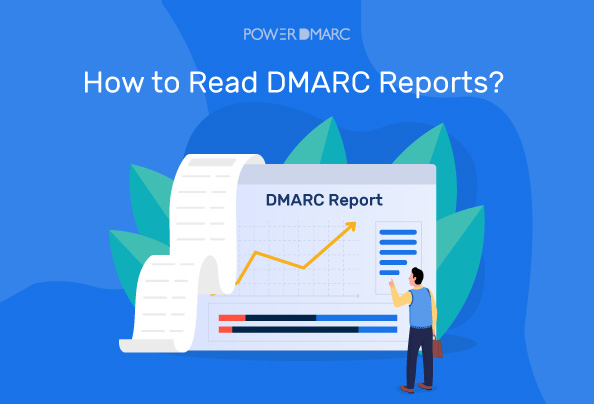
How to Read a DMARC Report
Blog, DMARCDiscover DMARC reports and how to read and leverage them to maximize the security of your email messages.
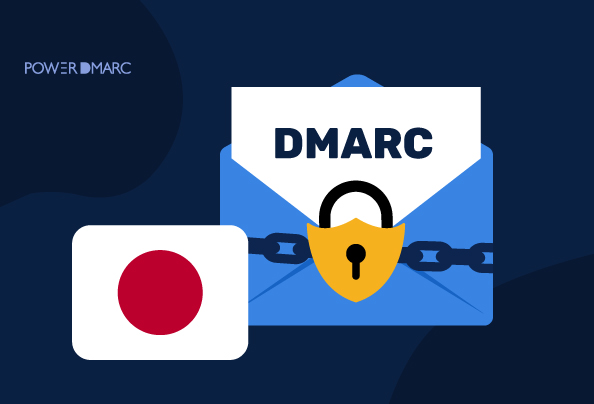
Yahoo Japan Recommends DMARC Adoption for Users in 2025
BlogYahoo Japan enforces DMARC, SPF, and DKIM protocols starting December 2024 to strengthen email security and combat phishing.
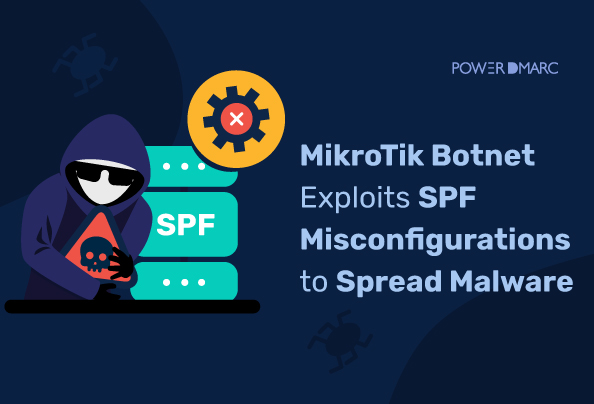
MikroTik Botnet Exploits SPF Misconfigurations to Spread Malware
BlogA MikroTik botnet exploited weak SPF configurations, spoofing 20,000 domains to launch widespread malspam campaigns.

Best AutoSPF Alternatives: Detailed Feature Comparison
BlogDiscover top AutoSPF alternatives for dynamic SPF flattening and better email deliverability with advanced features and pricing.
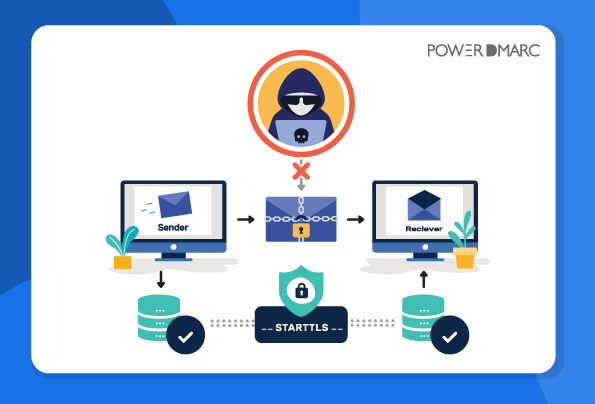
What is MTA-STS? Setup the Right MTA STS Policy
BlogWhy do you need to implement MTA-STS ? How it helps you increase your email security posture. Sign up for a free trial now.
